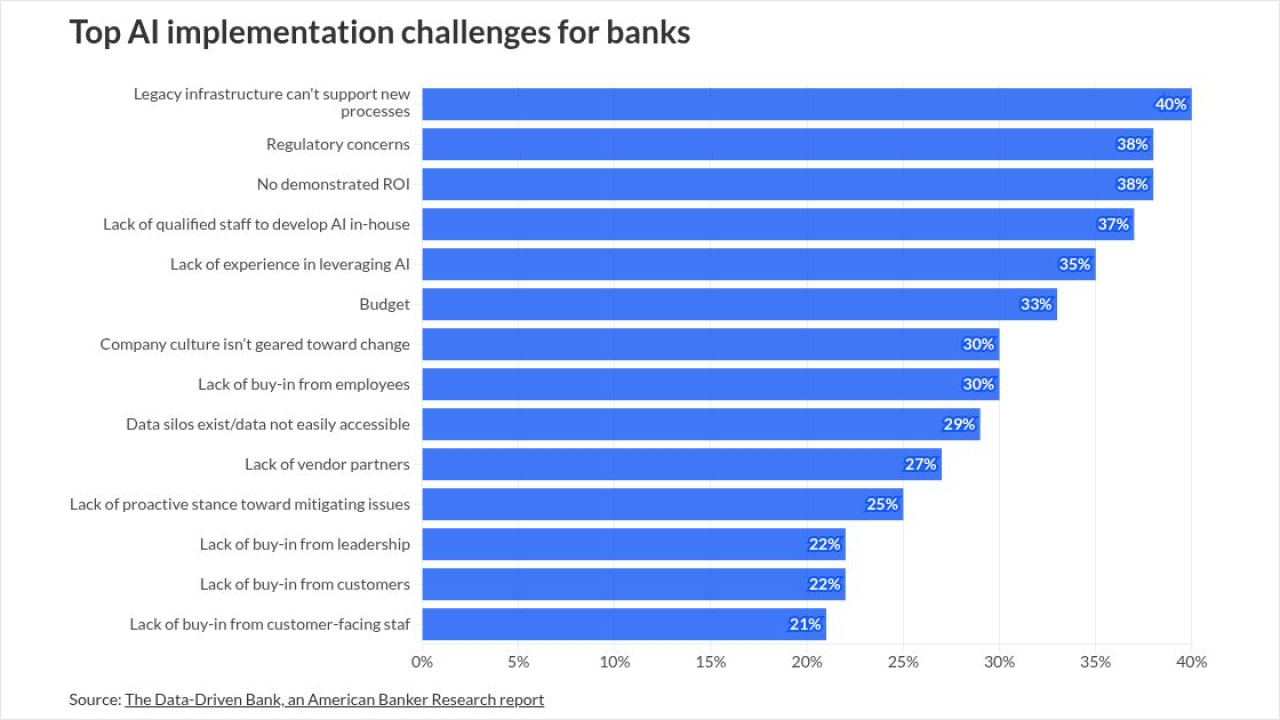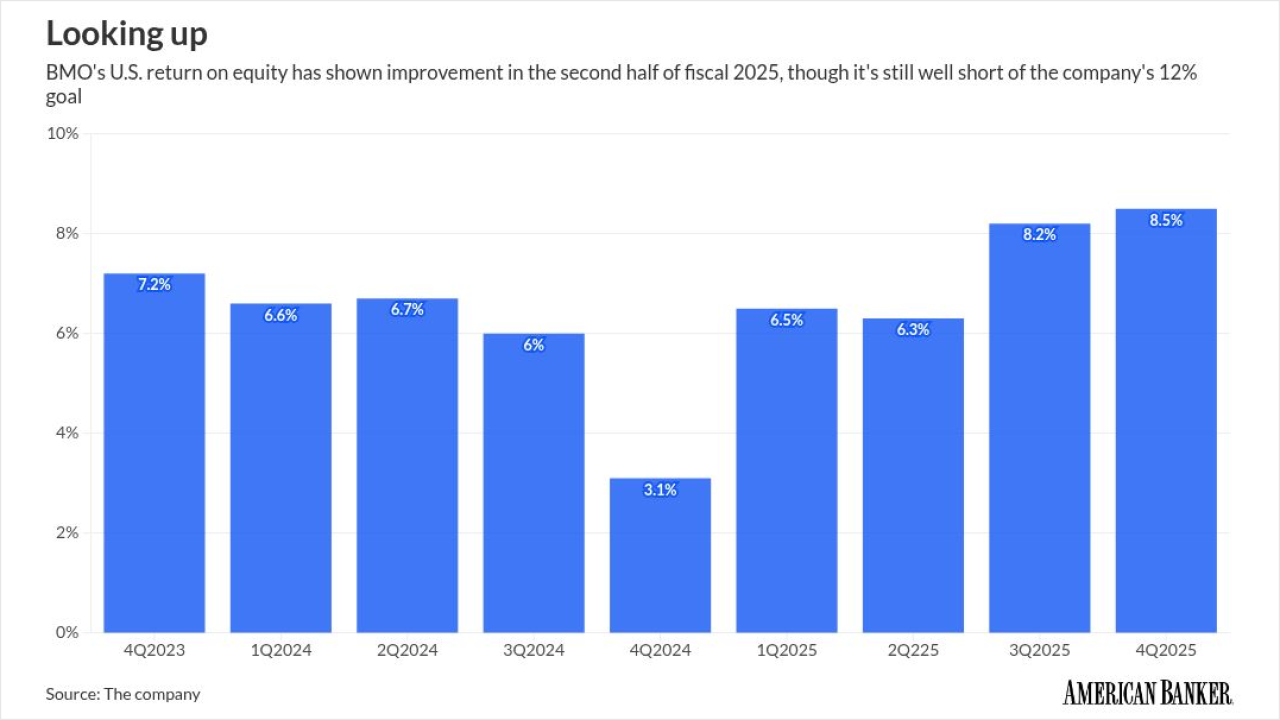
Aside from the pandemic, a recession triggered by a
The probability of a trade war-induced recession is unclear, seems to fluctuate weekly — if not daily — and, to some extent, is in the eye of the beholder. Still, it's difficult to argue that the likelihood of a recession has not crossed a level where
This urgency is underscored by the fragile nature of the current trade war "pause" with China, which remains at risk of collapse at any moment. Even if tariff rates with China hold steady, the blended global effective tariff rate for the U.S. is already several multiples higher than it was at the start of the year — reaching levels not seen in decades.
Since Liberation Day, the banking industry has witnessed a sharp increase in announced M&A transactions and stock repurchases — both significant strategic decisions that consume substantial capital.
Boards of directors, the stewards of banks' capital, may be comfortable with these decisions, particularly given the persistent challenges in loan growth that is prevalent throughout the industry. However, that comfort level should come with a major caveat: Management has to demonstrate that, even after executing these strategic actions, the bank will still have sufficient capital to weather a recession triggered by a trade war.
Some management teams may cite their federally required Comprehensive Capital and Analysis Review, or CCAR, and Dodd-Frank Act stress tests, or DFAST, exercises, which simulate a 2008-style downturn, as proof of resilience. While these have value, a trade war recession is likely to exhibit markedly different characteristics. For example, industries reliant on importing manufactured goods for domestic sale, as well as those generating significant export revenues, will be disproportionately vulnerable.
Additionally, the Federal Reserve could face constraints due to a potential resurgence in inflation and a weaker U.S. dollar. If the Fed is unable to cut interest rates aggressively, credit risks for repricing loans could intensify, already-squeezed net interest margins may come under further pressure and unrealized bond losses could get bigger not smaller. In fact, a stagflationary environment — marked by even a moderate recession but elevated interest rates — could be more damaging to banks than a severe recession accompanied by rate cuts.
Federal Reserve Gov. Christopher Waller said changes to the Federal Open Market Committee's quarterly economic projections could lead to clearer communication with markets and market participants.
Meanwhile, in a "tailored" regulatory environment with reduced staff in bank supervision, regulators may be more willing to let banks fail, raising depositor anxiety and heightening the risk of bank runs.
Now that Liberation Day is weeks behind us and the markets have since recovered, this moment feels like the calm before a potential storm. While there is a chance the storm may never arrive, the current economic landscape eerily resembles the period from late 2006 to early 2007, just 12 to 18 months before the 2008 global financial crisis.
Back then, as now, the soft data was concerning, but the hard data remained relatively strong. Despite emerging cracks, banks continued business as usual. History has shown that some of the worst M&A transactions and capital decisions occurred during that time. Once capital is deployed or returned, reclaiming it can be challenging.
The worst-case scenario for a bank is having to raise capital mid-downturn — an endeavor that could prove expensive, difficult or even fatal. As both Washington Mutual and Silicon Valley Bank demonstrated, the perception of capital inadequacy in turbulent times can quickly lead to failure.
This is not to suggest that management teams and boards should be paralyzed by the uncertainty. Rather, every strategic decision must be vetted under a worst-case scenario tailored to today's risks to properly measure capital adequacy. Simply put, banks should plan — not panic — for the worst.
Let's hope history doesn't repeat itself. But hope alone is not a plan.






